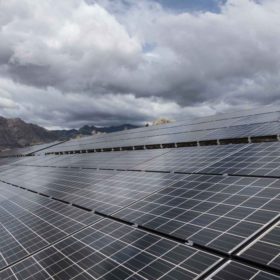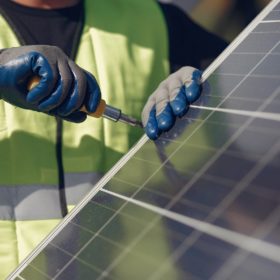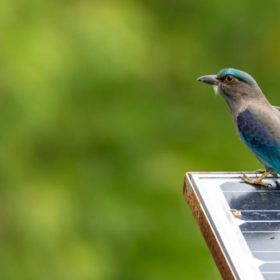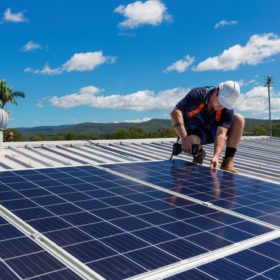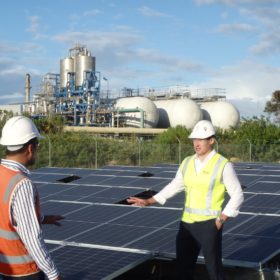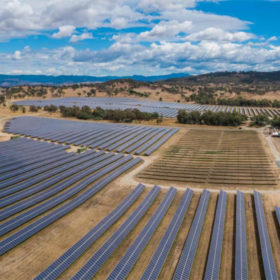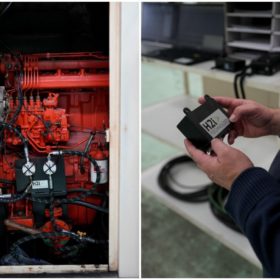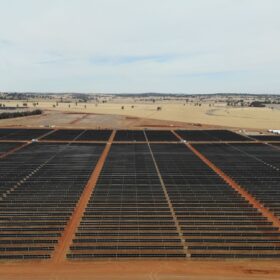DNV acquires Australian solar data specialist Solcast
Australian-headquartered solar data specialist Solcast has been acquired by Norwegian energy assurance and risk management company DNV as it seeks to strengthen its solar forecasting services to help maximise the value of PV power plants globally.
Queensland to roll out 1.5 MWh fleet of neighbourhood batteries
Queensland government-owned network provider Energex will partner with Australia’s largest energy retailer Origin Energy to deploy 35 neighbourhood batteries across the city of Ipswich as part of an $10 million (USD 7.1 million) initiative designed to better manage the increasing penetration of rooftop solar PV in the region.
Dodgy solar installer convicted after CER investigation
Former solar installer Gavin Brady has been convicted by a Victorian magistrate after an investigation by the Clean Energy Regulator found he falsely claimed to have installed 11 solar systems. When converted to Small-scale Technology Certificates, those false claims were worth $50,000 (USD 35,500).
ACT formally flicks switch on first grid-scale battery
The Australian Capital Territory government has officially switched on its first grid-scale battery energy storage system, describing it as a “significant milestone” on Canberra’s pathway to 100% renewable electricity supply.
Win-win: how solar farms can double as havens for wildlife
Australia’s renewable energy transition has prompted the construction of dozens of large-scale solar farms. The boom helps reduce Australia’s reliance on fossil fuels, but requires large areas of land to be converted to host solar infrastructure.
Recharge Industries looks to revive British battery gigafactory
Just weeks after announcing its intent to build a $300 million (USD 210 million) lithium-ion battery manufacturing facility in Victoria, Australia-based Recharge Industries is reportedly considering a bid for the collapsed UK battery company Britishvolt that could revive plans to construct a battery cell gigafactory in northern England.
New code of conduct launched for ‘new energy tech’ retailers
A new code for retailers of ‘new energy tech’ products including rooftop solar, battery energy storage systems, electrical vehicle chargers and other emerging energy products and services has been introduced to raise consumer protection standards in Australia.
Japanese oil giant opens green hydrogen pilot plant in Brisbane
Japan’s largest oil company, Eneos, has opened a green hydrogen demonstration plant at Bulwer Island in Brisbane. While the scale of the project is relatively small, producing just 20 kilograms of green hydrogen a day, Eneos Senior Vice President Yuichiro Fujiyama says the company will expand the project’s scale “in near future.”
CleanPeak Energy acquires profitable Canberra solar farm
CleanPeak Energy, who have until now specialised in the C&I segment, have acquired the 13 MW Mugga Lane Solar Park in Canberra. CleanPeak reportedly bought the solar farm for between $30 million (USD 21 million) and $40 million, after it was placed into voluntary administration following a loan dispute.
Systems injecting hydrogen into diesel engines manufactured in Victoria
A Victorian-based startup which claims to have developed a hydrogen enhancement kit that injects hydrogen into existing diesel engines to reduce diesel use, has begun the production of 10 commercial-ready systems. It will do field testing with the systems on sites of potential customers.
